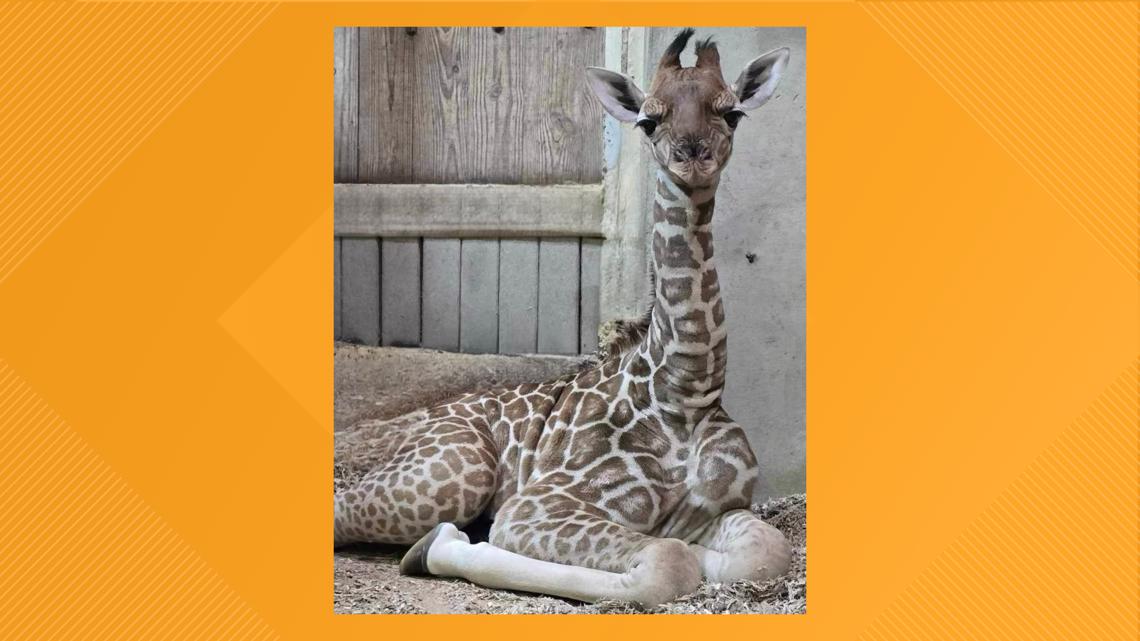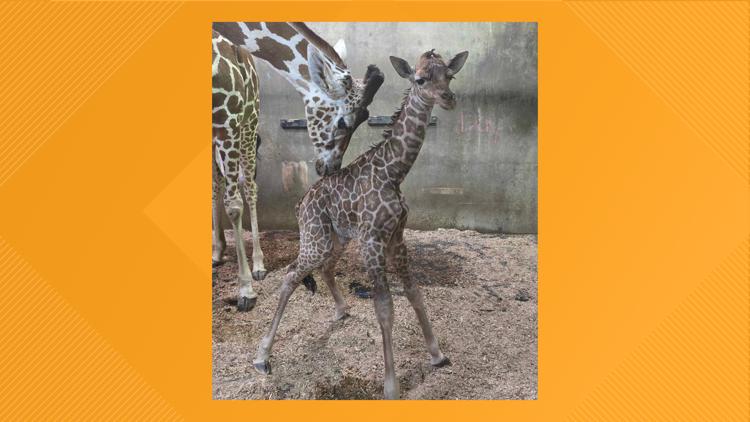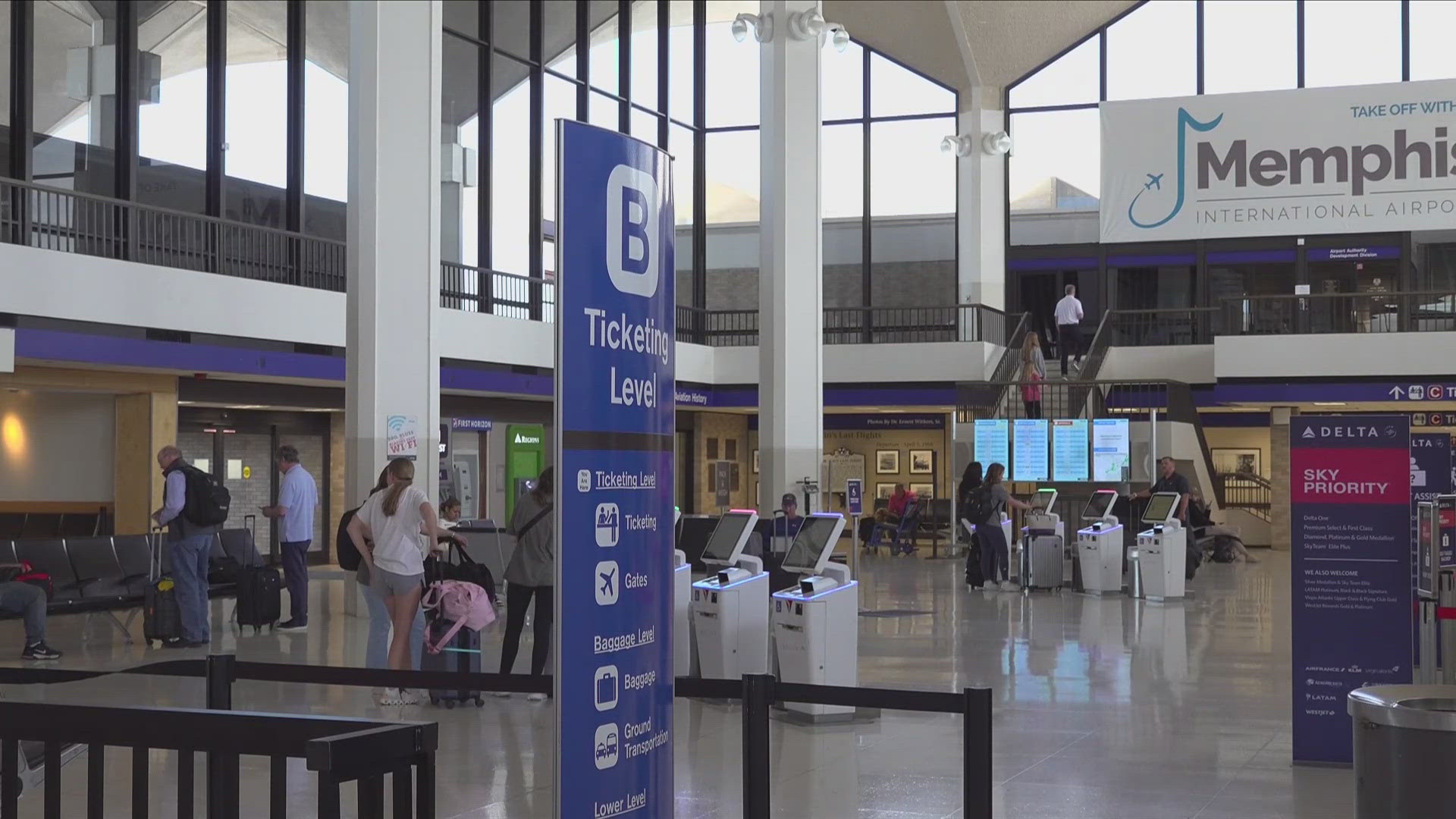MEMPHIS, Tenn. — Nearly one month after welcoming a baby giraffe to the Bluff City, the Memphis Zoo has announced that another baby giraffe has been born on their premises.
"Kamari," which means "moonlight" in Swahili, was named after the baby giraffe was born under a full moon on May 26.
While keepers had access to cameras in the barn throughout the day, they observed giraffe mom Maliki going into labor, according to the zoo. A team was quickly assembled to monitor the process via camera and discovered that this calf was in a "breech presentation," they said.
Giraffe calves are normally born with their heads positioned between their front limbs in a "diving" position, according to the Zoo. An abnormal breech position means this calf was completely turned around with the hind legs were coming out first, they said. This resulted in a "very dangerous situation" for both mom and calf, according to the zoo.


"Our incredible veterinary staff and dedicated giraffe team reacted quickly to assist in this difficult birth," The Zoo said in a statement on their social media page. "Maliki was moved into a smaller stall and lightly sedated so the staff could assist with the birth, and it was successful!"
Kamari was born at 123 pounds and has very long legs — "just like her father Niklas," they said.
The Memphis Zoo said that 85% of giraffe calves do not survive when they present in a "breech posture," but now, both the mother giraffe Maliki and baby Kamari are doing well.
"We congratulate our extraordinary giraffe team, veterinary staff and mom Maliki on this incredible accomplishment," they said.
Kamari will be on exhibit starting this week, according to the zoo.
Coming in at 6 ft. tall, 150 lbs., the Zoo last welcomed a baby giraffe named Fitz in April.
Fitz was born on Tuesday, April 2, which also happens to be his dad Niklas’ birthday.
Zoo officials said Fitz's name is perfect because it means 'son of,' and this is the tenth calf for his dad, Nik, and the fourth calf for his mom, Wendy.
Zookeepers said this calf’s birth is very significant and is part of a Species Survival Plan. Species Survival Plans manage the breeding of a species to maintain a healthy and self-sustaining population that is both genetically diverse and demographically stable.
When you visit the Veldt, you can see Fitz exploring and playing close to his mom, and if the weather is nice, Fitz will be out on exhibit first thing in the morning and be out for a few hours each day, according to officials.



